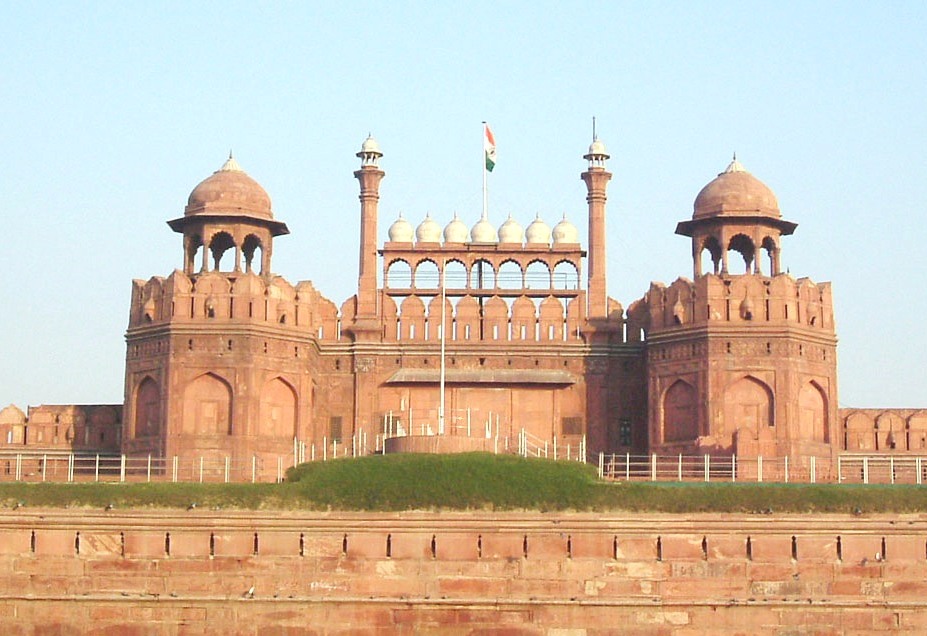Shahjahanabad, which was the capital of the Mughal emperor Shah Jahan, was blessed with the humongous Red Fort complex. The sole purpose of this beautiful architectural marvel was to make it the palace fort of Shahjahanabad. This fort gets its name from the red sandstone used in making the walls of the Red Fort complex. In close proximity to the Red Fort within the complex stands another fort called Salimgarh, which was built by Islam Shah Suri in the year of 1546. There are rows of pavilions that make up the private apartments. These pavilions are connected with the help of a continuous water channel which is known as Nahr-i-Behisht or the Stream of Paradise.

Many experts are of the opinion that the Red Fort is the emblem of the architecture of Mughal period that saw new heights especially under the reign of Shah Jahan. The planning and construction of the red fort is primarily based on the Islamic paradigm. However different pavilions are representative of different elements of architecture that are normally employed in the construction of Mughal building and representative of an amalgamation of Tumurid, Hindu and Persian traditions. The designing and planning of The Red Fort has had a crucial effect in the constructions that were later on carried out in Delhi, Agra, Rajasthan etc.

Babur had started the planning and designing process of Red Fort in the year of 1526 AD but its current beauty and splendour is owed to Shah Jahan. Red fort could be considered as a symbol of pride for India because every year the Prime Minister and the President of India on Independence Day and Republic day hoist the national flag of India on Red Fort in Delhi. It was declared a World Heritage Site in the year of 2007 and is a very popular tourist attraction among the tourists.
- +91 9711188569
- bhavya.holidays@gmail.com
- 12 A / 26, W.E.A. Saraswati Marg, Karol Bagh, New Delhi - 110005

